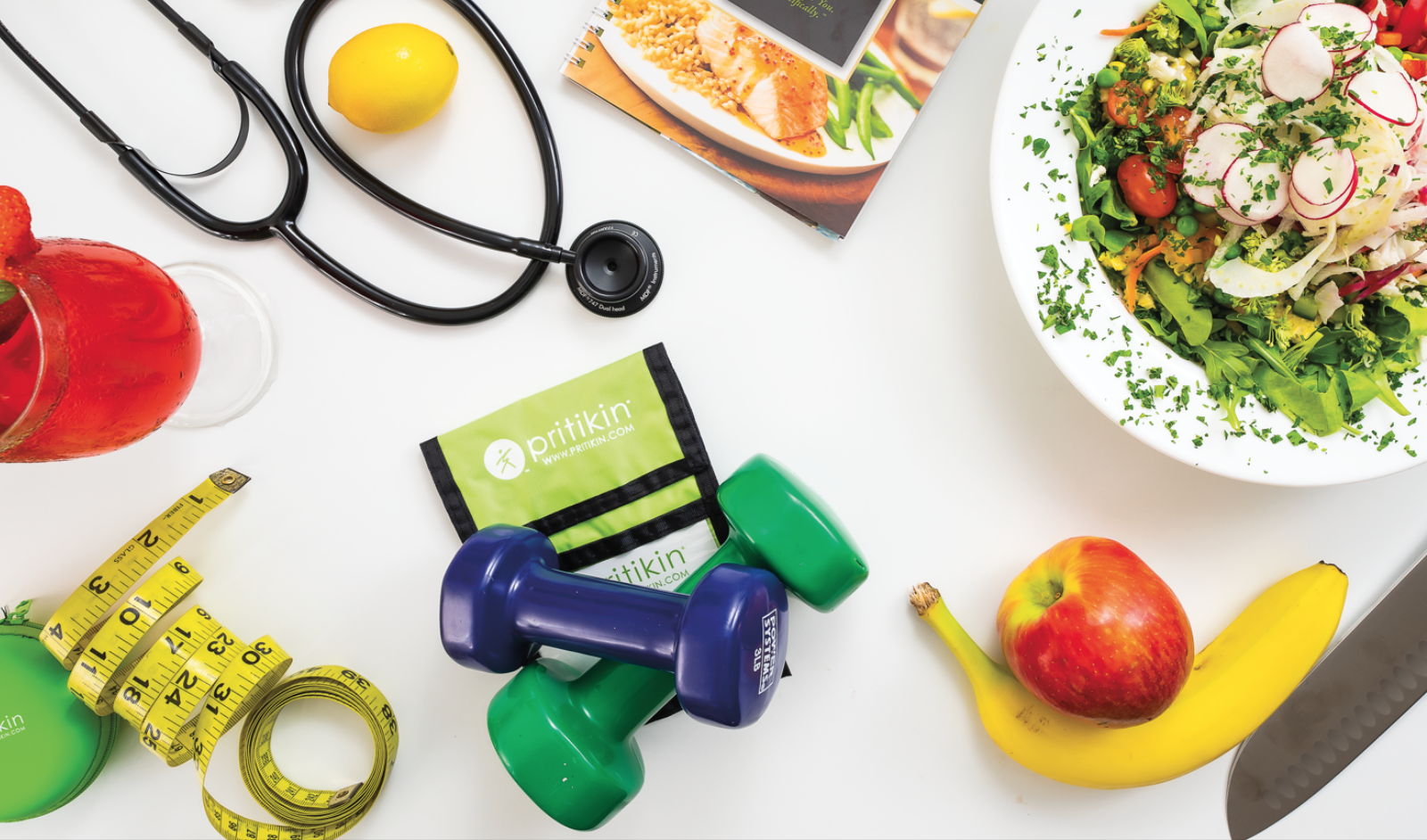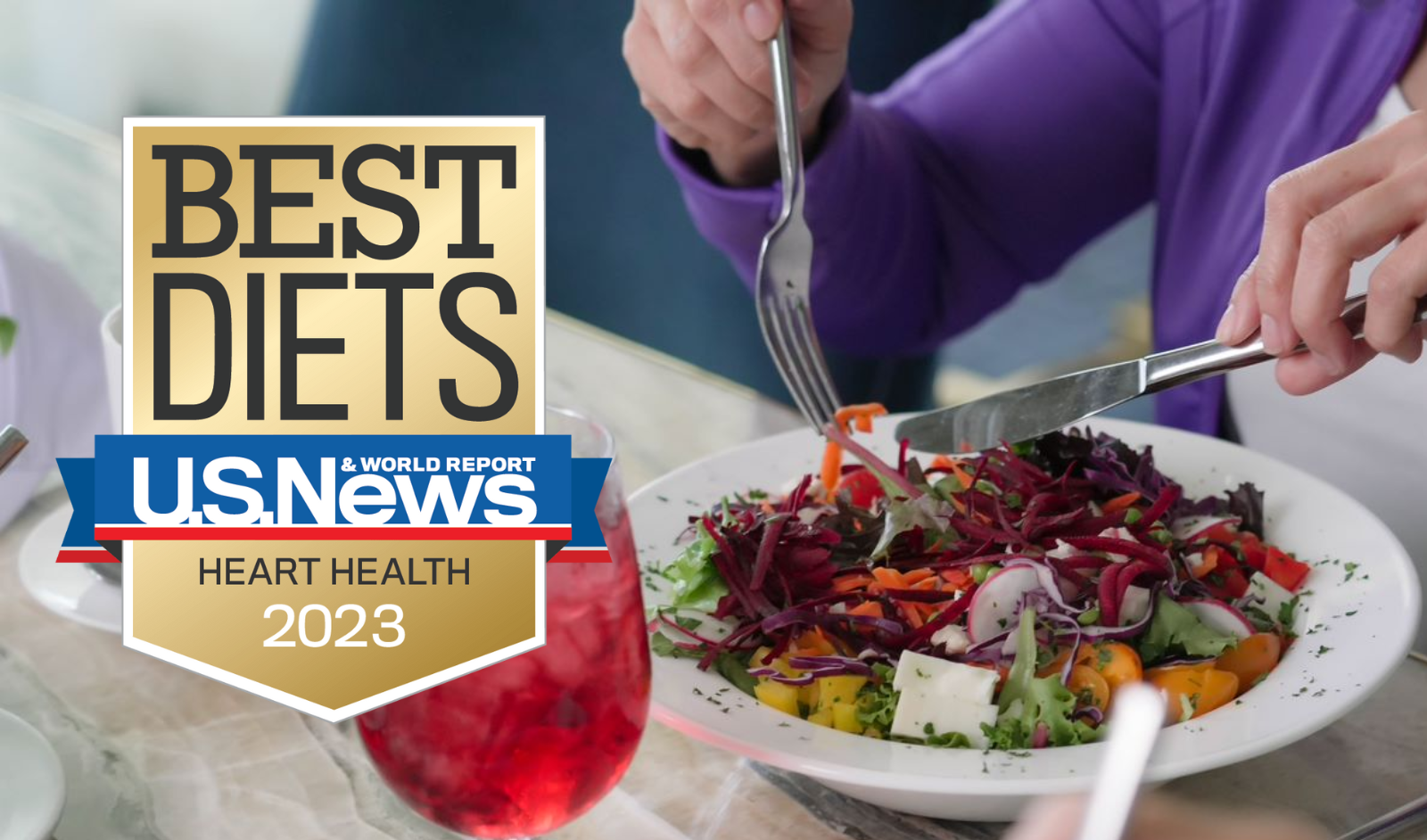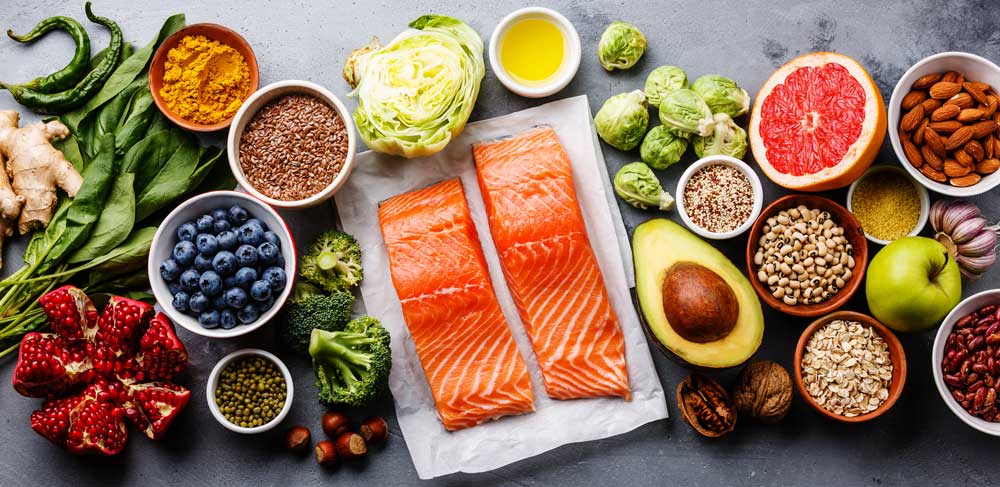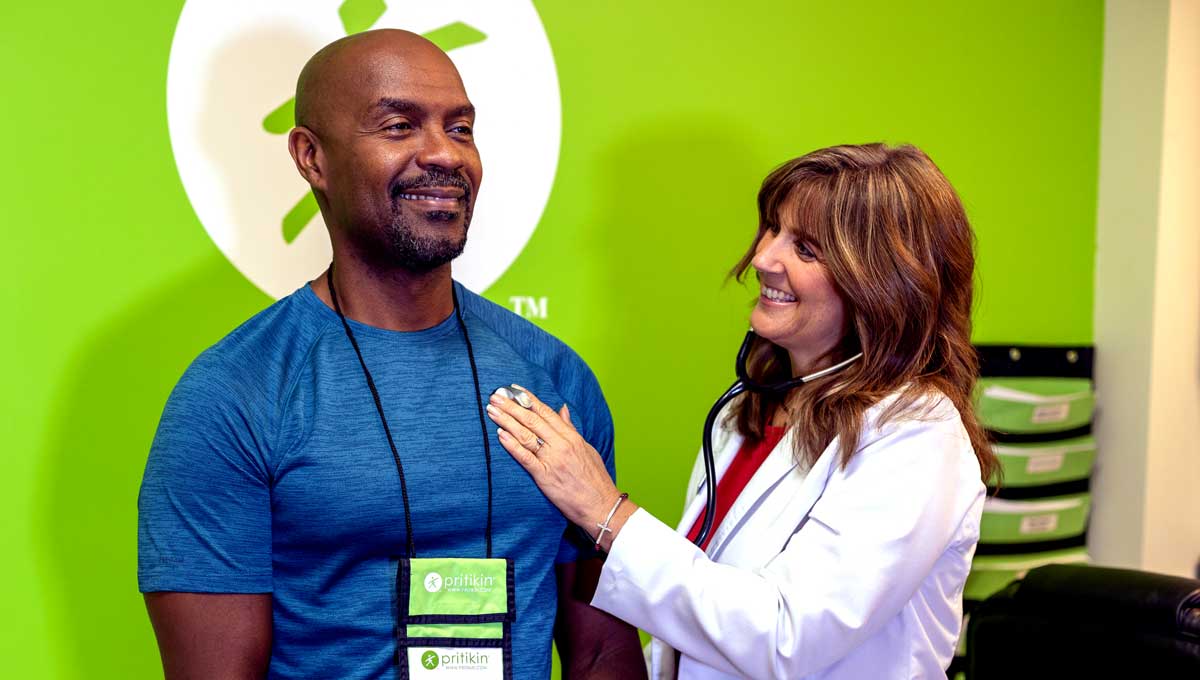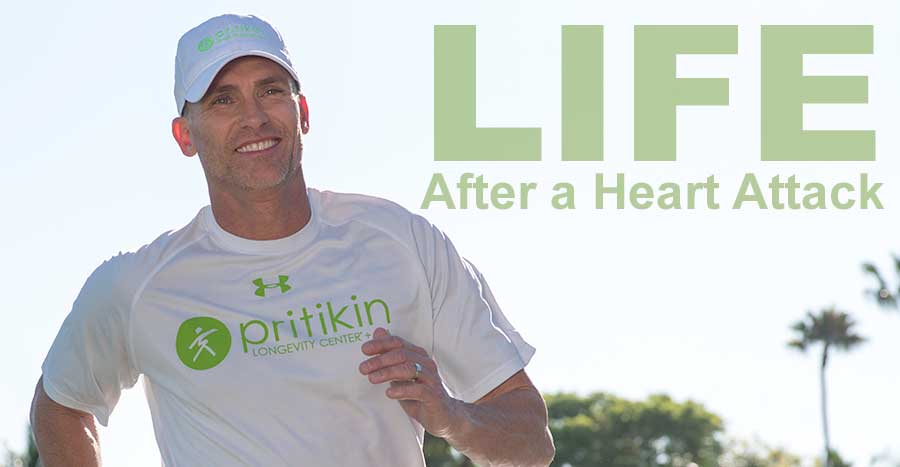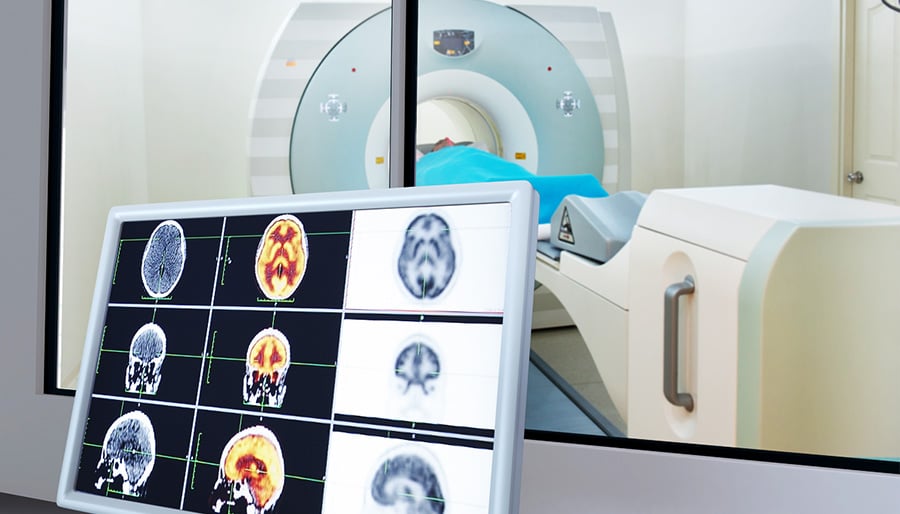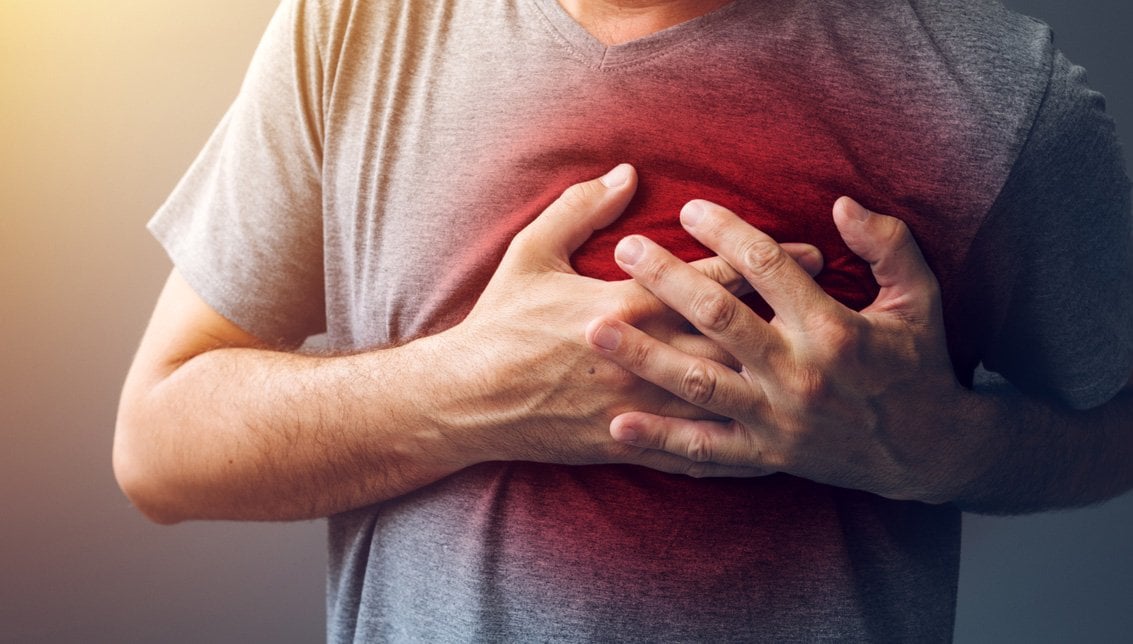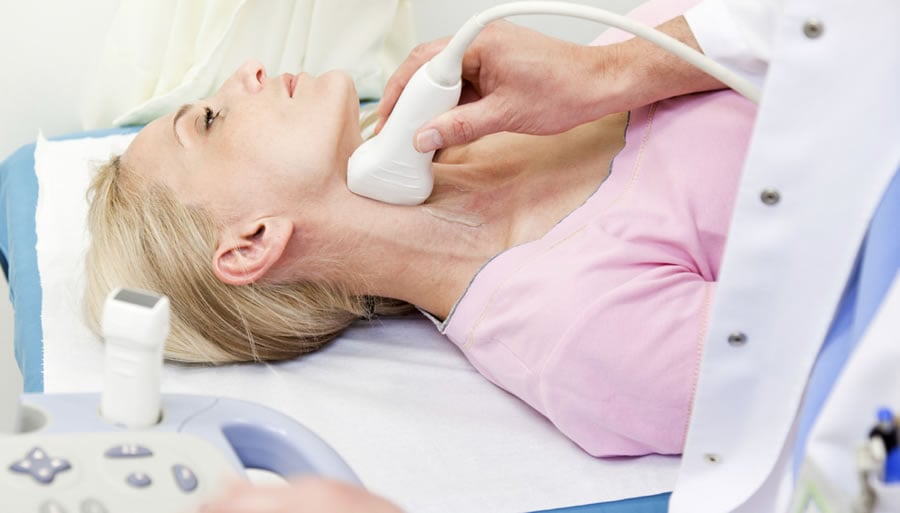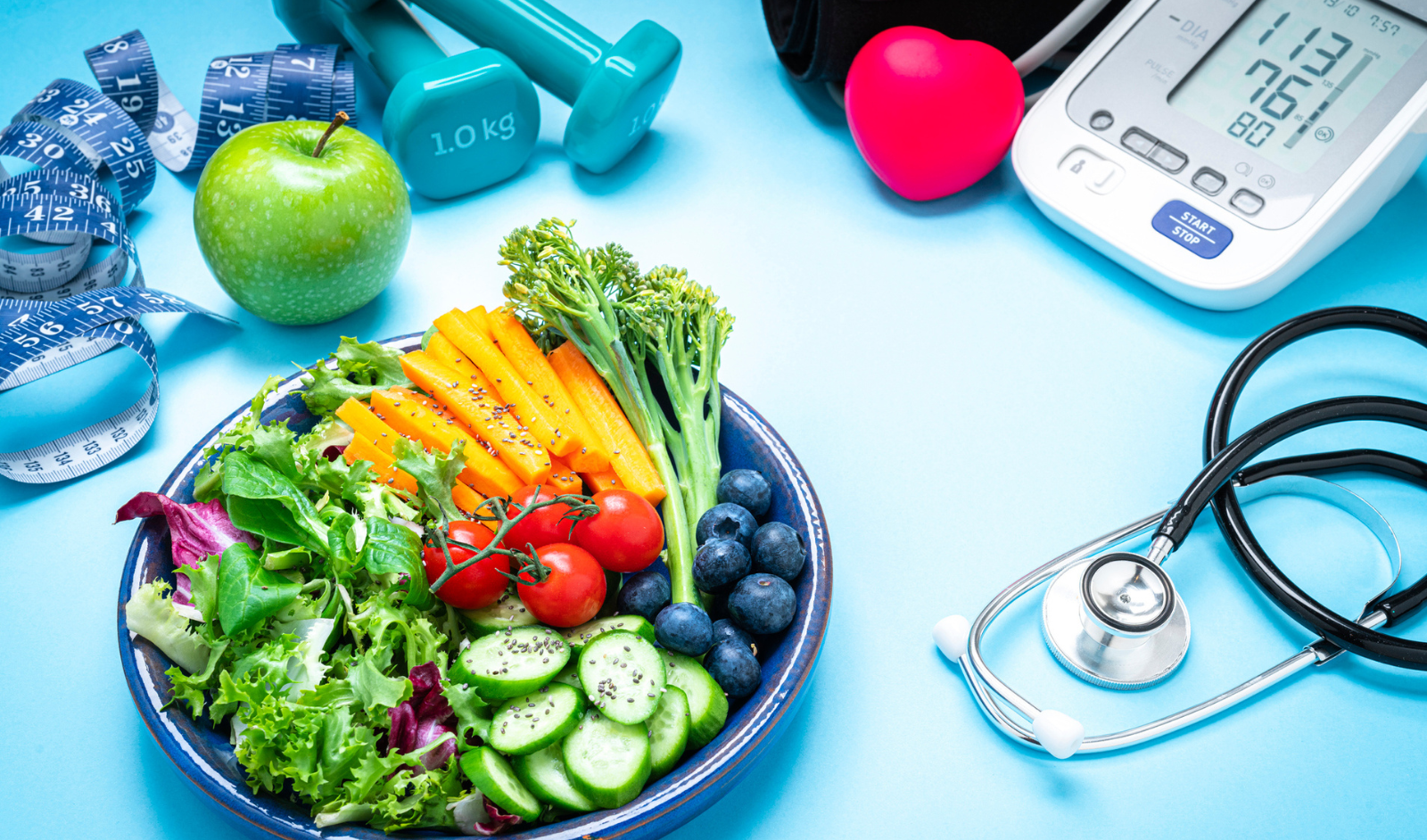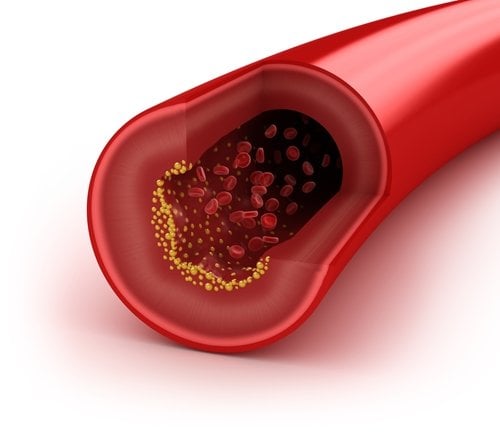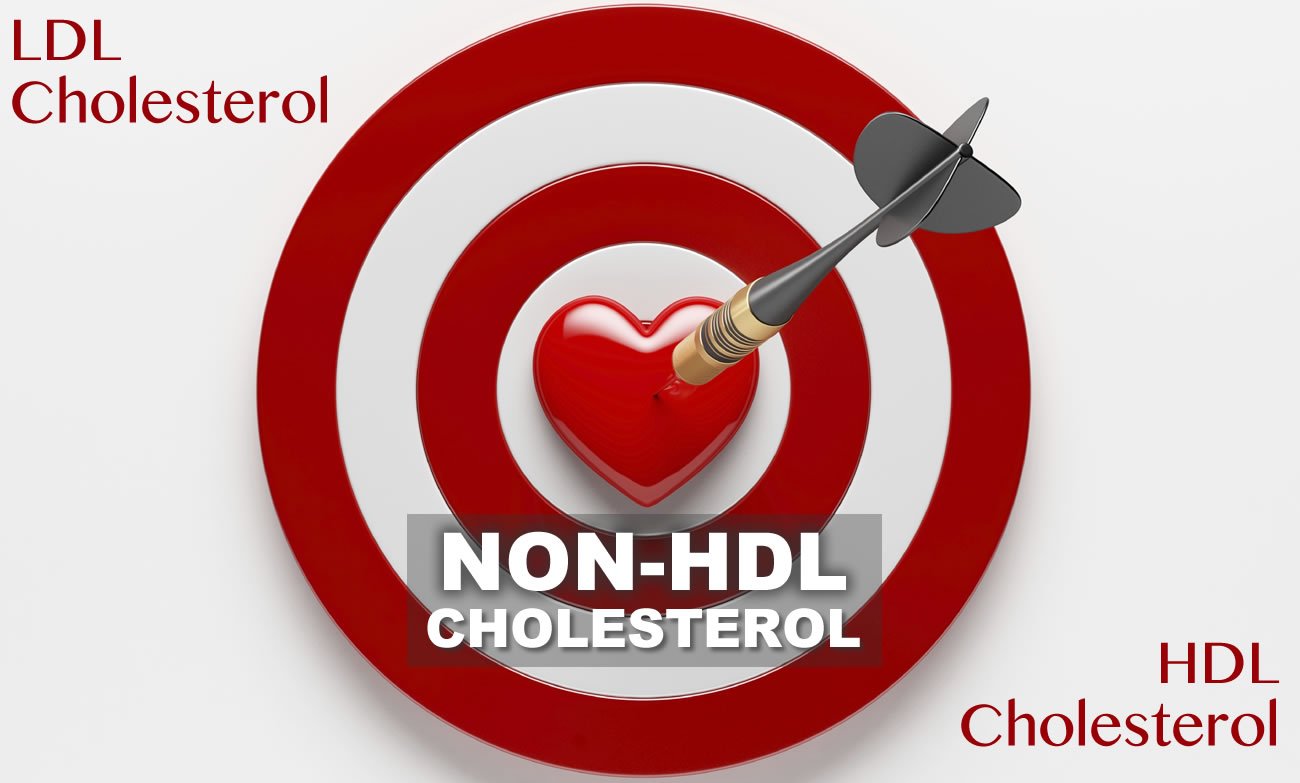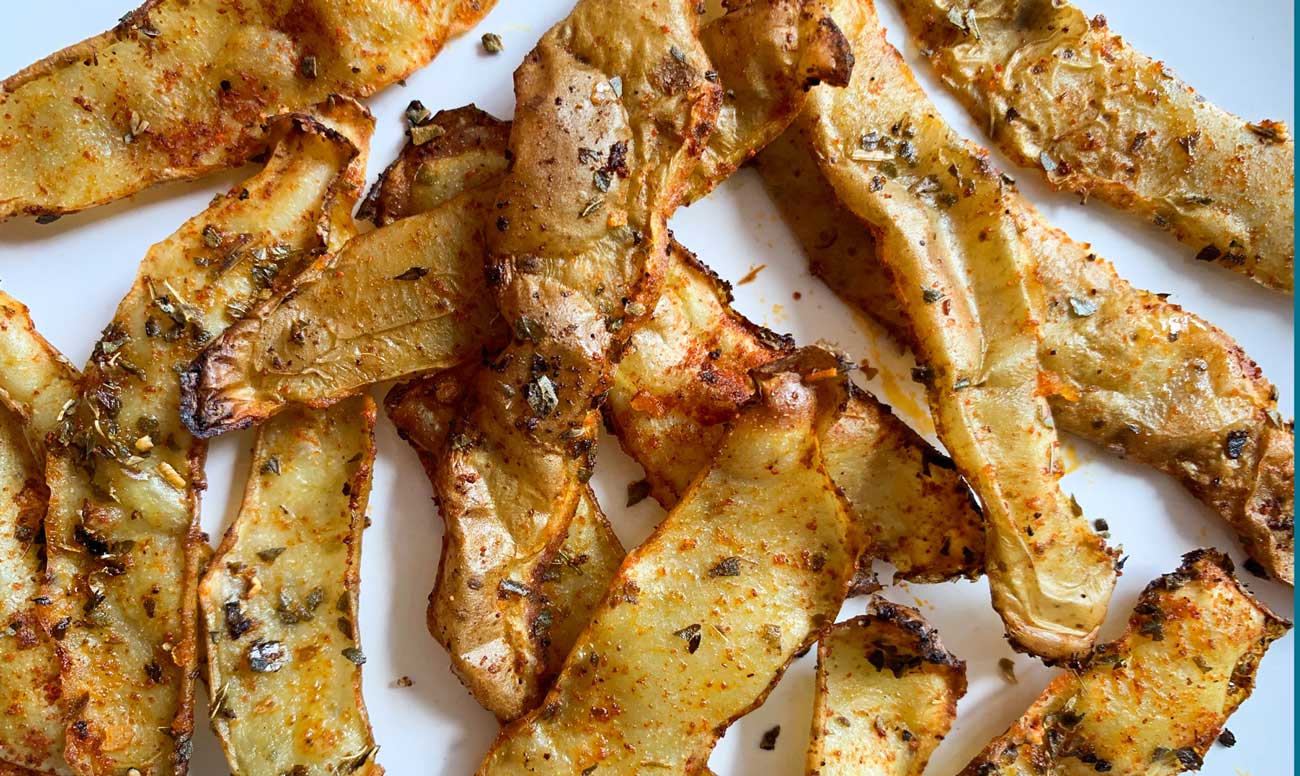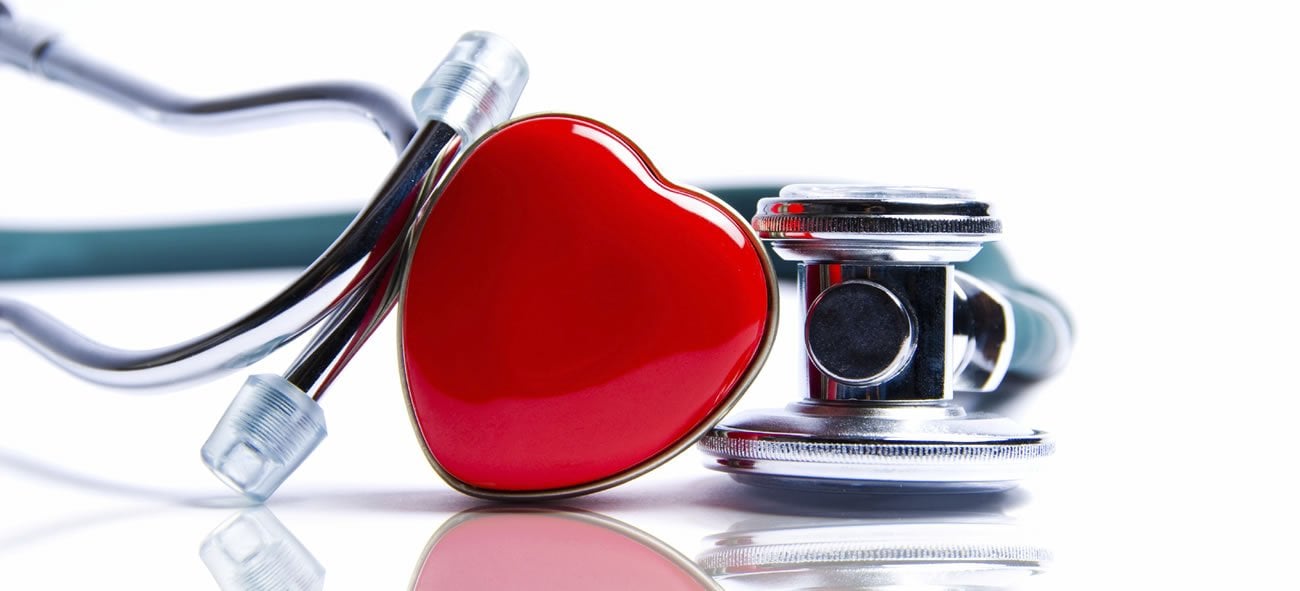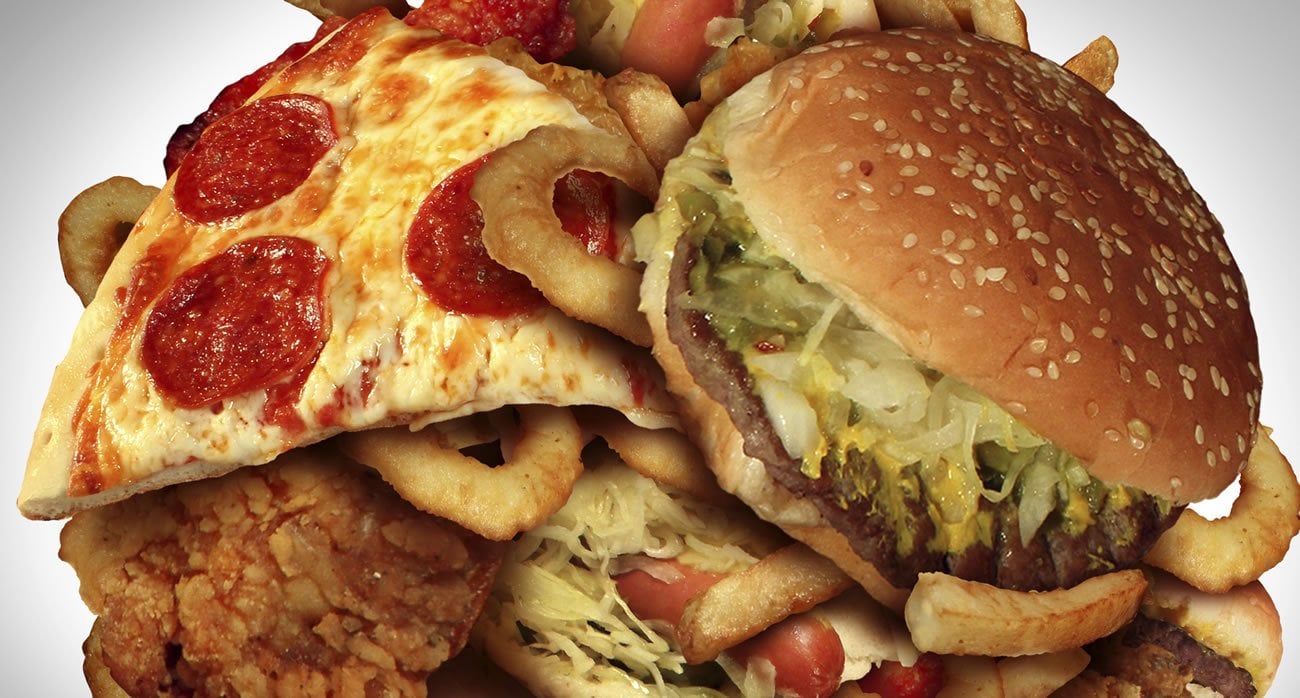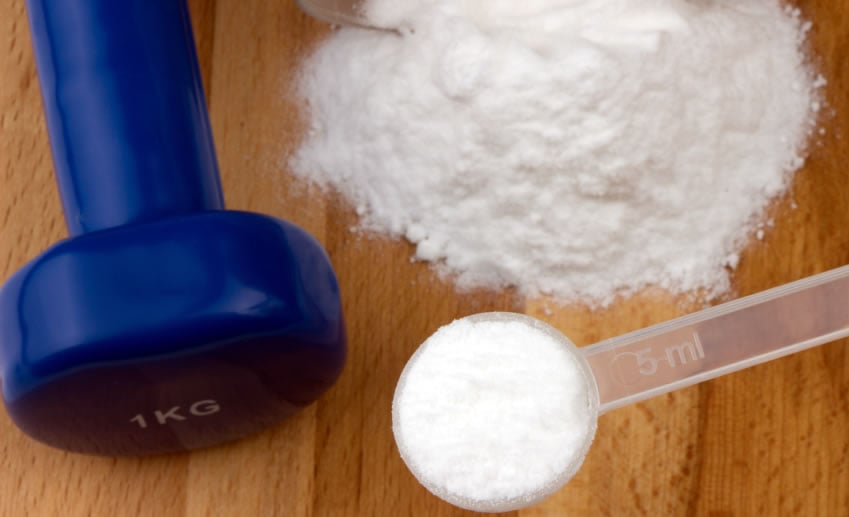Can You Reverse the Progression of Coronary Heart Disease?
Table of Contents
Can I halt the progression of heart disease?
Yes. To understand how, here’s a little background on how heart disease happens.
Most heart disease results from atherosclerosis, which is cholesterol build-up, or plaque, in the inner walls of our arteries. Plaque can burst or rupture, which triggers blood clots that can block blood flow to the heart. The result is a heart attack.
If the plaque ruptures in arteries that lead to the brain, the result could be a stroke.
That’s the bad news. The good news is that with healthy lifestyle changes like diet, exercise, and smoking cessation, and, if needed, medications, many people are able to stabilize atherosclerosis, making plaque less likely to rupture.
How did I get plaque in the first place?
Plaque is caused by the piling up of LDL “bad” cholesterol and other apoB-containing lipoproteins in the artery walls, resulting in injury and inflammation.
Collectively, these many damaging forms of cholesterol are known as non-HDL cholesterol.
But keep in mind that cholesterol is not the only contributor to plaque build-up. Other plaque producers include type 2 diabetes and high blood pressure, as well as precursors of these conditions, such as pre-diabetes (a fasting blood glucose of 100 to 125 mg/dL).
The more of these risk factors you have, the more plaque you likely have, and the more inflamed – and damaged – the inner walls of your arteries become.
Some factors that promote plaque build-up, such as genetics, age, and gender, are beyond our control.
How to reverse the progression of coronary heart disease | 7 key steps
But many other factors we can control. Here are 7 key steps for halting coronary heart disease.
#1 | Reduce Saturated Fats, Trans Fats, and Dietary Cholesterol
The three key dietary factors that accelerate plaque growth are:
- Saturated fats (such as butter, palm oil, coconut oil, meat fats, and milk fats like whole milk and cheese)
- Trans fats (essentially, any food that has partially hydrogenated oil in its ingredient list).
- Dietary cholesterol. Egg yolks and organ meats are high in dietary cholesterol.
#2 | Eat a Lot More Whole Foods Naturally Rich in Fiber
Fill your day with fruits, vegetables, and whole grains, as well as lean sources of protein like beans (pinto beans, black beans, etc), nonfat dairy products, skinless white poultry, and fish.
#3 | Lose Excess Body Fat
As body fat increases, so does our risk for plaque build-up in our arteries and a heart attack.
Being overweight is linked with several major risk factors for heart disease, including high blood pressure, type 2 diabetes, and bad forms of cholesterol.
Numerous studies have found that belly fat is particularly dangerous. In fact, in one recent study, a pot belly even in people who were otherwise normal weight dramatically increased the risk of dying.
The optimal way to shed fat, including belly fat, and keep it off is with a healthy eating and exercise program like Pritikin.
With the Pritikin Eating Plan, you’re focusing on foods like whole fruits, vegetables, water-rich whole grains, and beans that naturally keep daily calorie intake low. You’re achieving satiety, or fullness, without going overboard on calories.
With Pritikin living, you’re also stay physically active, helping create a calorie deficit.
#4 | Get Moving
“I have two doctors, my left leg and my right,” wrote British historian and avid cross-country walker G. M. Trevelyan.
He was right. In hundreds of studies, regular exercise has been proven to have profound – and numerous – health benefits. States the Centers for Disease Control: “Regular physical activity is one of the most important things you can do for your health.”
At the Pritikin Longevity Center, which has been teaching heart-healthy living since 1975, the faculty helps guests launch an exercise plan that incorporates the three key facets of cardiovascular fitness: 1) aerobic exercise, such as walking and jogging; 2) resistance (strength) training; and 3) flexibility, or stretching.
#5 | Eat a Lot More Whole Foods Naturally Rich in Fiber
Disease Control and American Heart Association have been the recommendations of the Pritikin Eating Plan for more than 40 years. For most adults, the ideal limit is no more than 1,500 milligrams of sodium per day.
Lowering sodium intake lowers the risk of high blood pressure, which is really important if you’re trying to avoid a heart attack or stroke. Hypertension is the #1 risk factor for the approximately 800,000 strokes Americans suffer each year. It is also responsible for about half of all deaths from heart disease.
#6 | Eat Less Sugar and Industrialized Foods
Industrialized, processed foods, from white-flour muffins to potato chips, and highly sugared foods and drinks can damage our arteries in multiple ways, such as raising triglyceride fats, blood glucose, and inflammatory levels, not to mention packing on the pounds.
Many people don’t realize that having type 2 diabetes, the all-too-common result of our highly processed American diet and sedentary lifestyle, dramatically increases the risk of a heart attack. The chance of dying from heart disease for people with diabetes is two to four times higher than those who do not have diabetes.
Another heart attack promoter is a pre-diabetes condition called the metabolic syndrome. The root cause of metabolic syndrome is a poor diet and excess body fat. You have the metabolic syndrome if you have at least three of the following five conditions:
- A resting blood pressure of 130/85 or higher (either number), or you’re currently taking blood-pressure-lowering medications.
- A waist circumference of greater than 35 inches in women and 40 inches in men.
- An HDL “good” cholesterol less than 40 mg/dL in men and less than 50 mg/dL in women, or you’re currently taking HDL-raising medications.
- A fasting triglyceride level of 150 mg/dL or higher, or you’re currently taking triglyceride-lowering medications.
- A fasting blood sugar (glucose) of 100 mg/dL or higher.
A growing body of research is finding that a healthy lifestyle like the Pritikin Program is remarkably effective at curtailing the metabolic syndrome. Attending the Pritikin Longevity Center netted a life-saving clinical response:
#7 | Stop Smoking
Tobacco smoke can damage arteries, making it a lot easier for plaque to seep into artery walls.
If you smoke, talk to your doctor about various evidence-based ways to quit smoking, including prescription medications as well as nicotine replacement therapies in the form of patches, gums, sprays, inhalers, and lozenges.
Also, register for a smoking cessation program. At the Pritikin Longevity Center, lifestyle-change psychologists provide one-on-one therapy. Every beginning is difficult, but each day of your new life not only gets easier, it gets better.
The single most common lethal event of the industrial world
Plaque that has burst or ruptured has been called the single most common lethal event of the industrial world. In fact, in one-third of cases, the first symptom of coronary artery disease is sudden death.
Lowering heart attack risk
The really good news is that in just three to four weeks, the chances of suffering a heart attack can go way down. Very quickly, plaque can become far less vulnerable to rupture. By stabilizing plaque, most people can significantly lower their risk of a heart attack.
Lifestyle changes can yield dramatic benefits. In more than 100 studies published over the last 35 years, the Pritikin Program has been found to lower virtually all modifiable risk factors for a heart attack, including LDL cholesterol, non-HDL cholesterol, triglyceride fats, and inflammatory markers like C-reactive protein, as well as high blood pressure, type 2 diabetes, and excess weight.
Daily exercise and a diet that focuses on fiber-rich, unrefined carbohydrates like fruits, vegetables, beans, and whole grains are the hallmarks of the Pritikin Program. The program also substantially cuts down on heart-damaging saturated fats, trans fats, and dietary cholesterol.
Heart disease is virtually absent in cultures that eat fiber-rich, plant-based diets like Pritikin’s, such as the Tarahumara Indians of northern Mexico and the people of rural China. Noted Dr. Colin Campbell of Cornell University in his book The China Study, which details his research in the 1990s on the dietary habits of China, hundreds of thousands of rural Chinese lived for years without a single documented heart attack.
Healthiest hearts on earth
Scientists recently investigated a tribe in South America that has the lowest reported rates of heart disease in the world. They’re called the Tsimane. Their arteries are amazingly clean. CT scanning revealed that plaque is virtually non-existent.
What do they eat? Like the Pritikin Eating Plan, their diet is carbohydrate-rich, but it’s good carbs they’re eating, rich in fiber and straight from the earth – not the hyper-processed, refined carbohydrates typical in American society.
The average LDL cholesterol level of middle-aged and older Tsimane men and women is within the highly desirable range of 70 to 90. Their average blood pressure is about 116/73, and remains normal even in Tsimane 75 years and older.
Can I actually shrink plaque build-up?
Yes. Several scientists, including Caldwell B. Esselstyn at the Cleveland Clinic Foundation, have found that plaques are stabilized, and actually shrink, when heart patients adopt lifestyle changes similar to the Pritikin Program.
Summarized Dr. Esselstyn in Preventive Cardiology : “Compelling data from nutritional studies, population surveys, and interventional studies support the effectiveness of a plant-based diet and aggressive lipid [cholesterol]-lowering to arrest, prevent, and selectively reverse heart disease. In essence, this is an offensive strategy.”
In 2015, a meta-analysis in the American Journal of Cardiology examined the value of comprehensive lifestyle change on more than 2,000 arterial plaques from heart disease patients. The authors concluded that lifestyle measures like diet and exercise led to shrinkage, or regression, of plaque, even in severely atherosclerotic arteries.
Summed up Richard Klasco, MD, of Harvard Medical School in a recent New York Times article on plaque reduction and heart-healthy living: “While changing habits requires motivation, the promise of shrinking plaque and lessening one’s risk for heart attack should be quite motivating.”
Halt the progression of coronary heart disease | Bottom line
A healthy lifestyle like the Pritikin Program is successful in halting the progression of coronary heart disease because it covers all bases. It heals essentially every modifiable risk factor that breeds plaque build-up, and it does so not just in one tiny section of one artery, as angioplasty does, but all over.
To address the cause of heart disease, and help eliminate it, our best option is adopting a heart-healthy diet and exercise program.
In the short run, a heart-healthy lifestyle and, if needed, medications, can reduce inflammation and clotting, and stabilize plaques so that they are much less likely to rupture. In the long run, they can gradually shrink the atherosclerotic plaques and improve blood flow to the heart, and dramatically reduce the risk of dying from cardiovascular disease.



